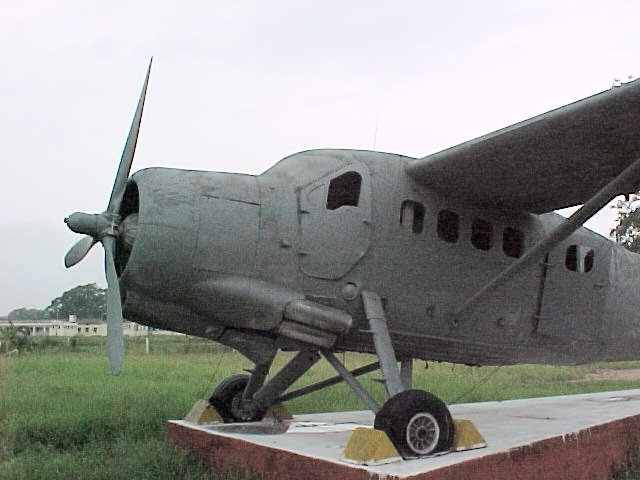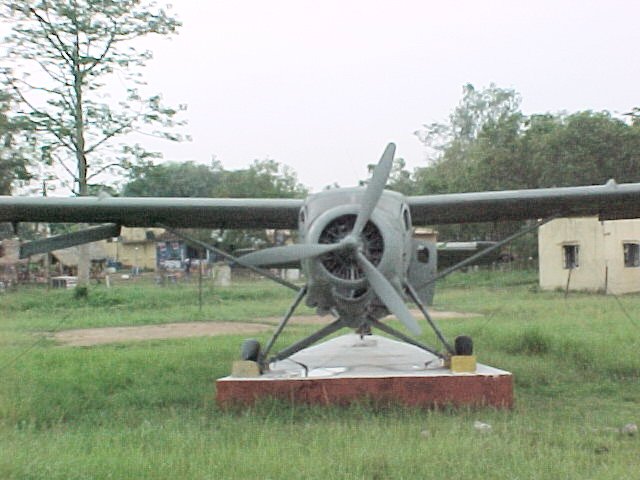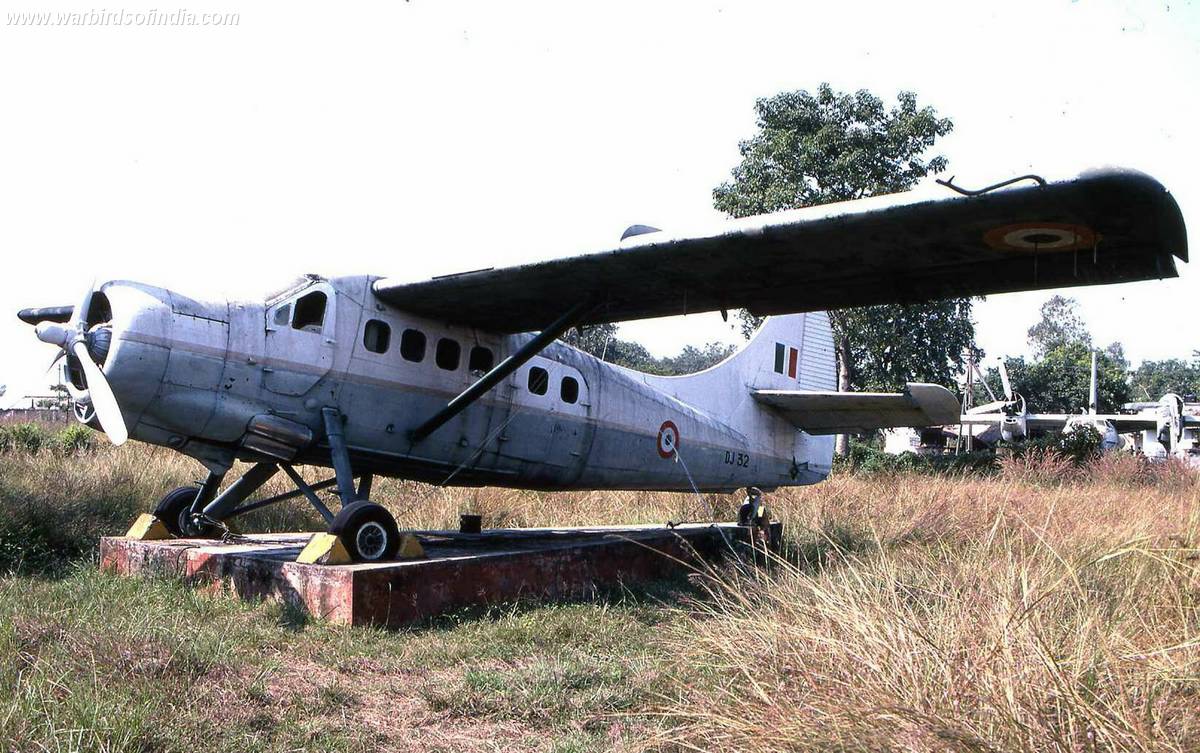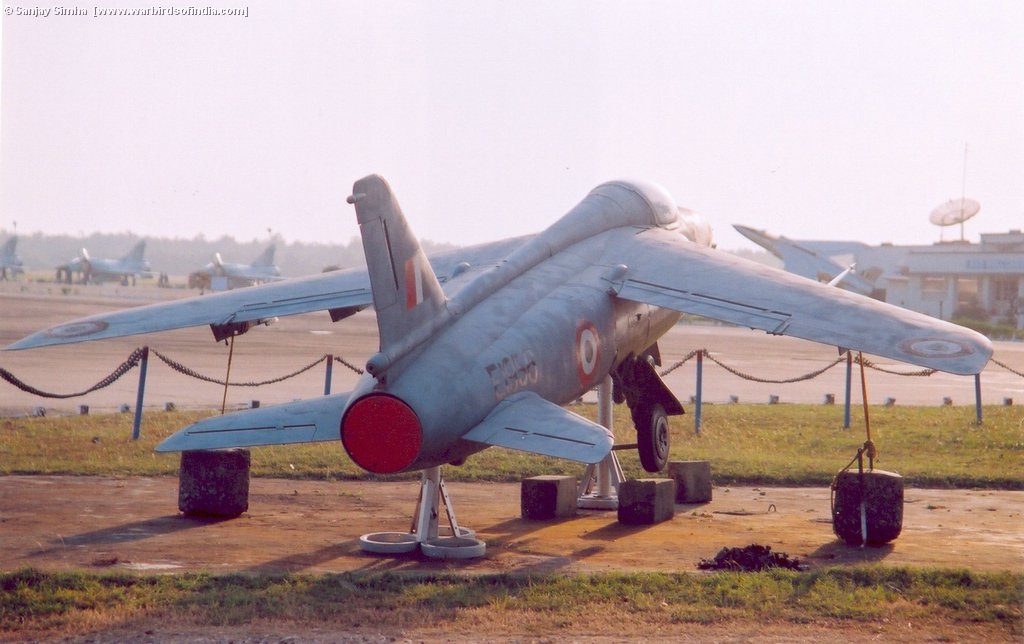The De Havilland Canada DHC-3 Otter was a rugged and tested light transport aircraft that was inducted into the IAF in 1962. The aircraft, a single engined tail dragger was the last piston engined transport to be operated by the Indian Air Force. When in service, it was flown by two squadrons in the Indian Air Force. The first squadron to be raised on them took on their name and were known as No.41 ‘Otters’ Squadron. About forty or so aircraft had been procured by the IAF and had been used extensively in the North Eastern states for supply duties.
| The De Havilland Canada DHC-3 Otter IM-1057 seen outside the Diamond Jubilee Museum in Kalaikunda Air Force Station. |
The aircraft were phased out in the early 90s, with both the squadrons reequipping with the Dornier 228 Light transport aircraft. Since the DHC-3 Otter was a very much sought aircraft in Canada and other parts of the world, most of the phased out aircraft were sold by auction.
The only survivor that has come to notice till date was the example preserved in Kaliakunda Air Force Station. Similar to the Devon, the Indian Air Force Museum does not have an example of this aircraft, but luckily for it, somehow IM-1057 had survived here. The aircraft is part of the collection displayed at the Diamond Jubilee Museum in Kalaikunda.
The aircraft’s appearance in the photographs is not much to write about. the entire aircraft has been painted the standard Air Force Issue Grey paint from head to toe, leaving apart the tires. The propeller which is painted black with yellow tips has also been painted gray, as is the hub. The windows of the aircraft appear to be broken. and its flying control surfaces seem broken and hanging.
The aircraft was first noticed in the early 2000s by Photographers Phil Camp and Simon Watson. At that time the aircraft had the number ‘DJ-32’ painted on its fuselage. Phil checked up the construction number of the Otter and it matched the serial number of IM-1057. Since then after the aircraft had been repainted , no distinguishing marks have been left on the aircraft.
The Otter at Kalaikunda is unique, one cant but hope that its maintenance and upkeep will be improved, providing a longer life for the sole remaining example of a complete Otter.
2015 Update: The Otter was last noted in this location in January 2011. It went missing from its location after that date. Sometime after November 2013, An Otter was noted at the Shillong Landing Ground, in front of the EAC HQ. It appears that IM-1057 was moved to Shillong and re-painted and restored for display.







